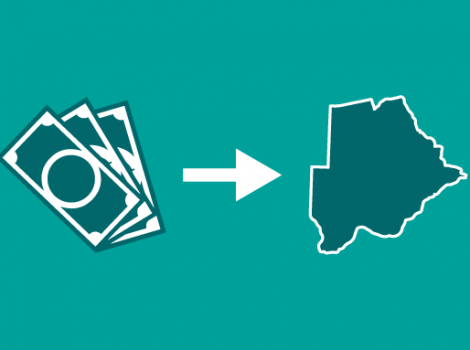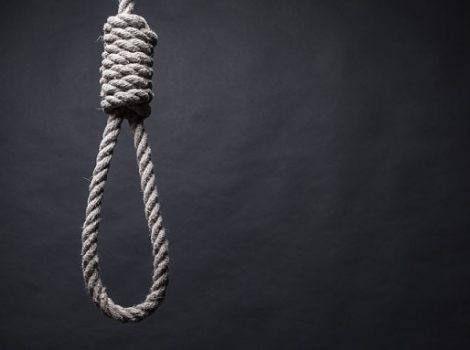Botswana’s Coat of Arms of was adopted on January 25, 1966, the year within which Botswana gained independence from Great Britain.
Two Zebras support the shield placed in the centre. Sitting right at the top of the shield are three interlocking cogwheels to represent progress in industry.
The three waves directly beneath the cogwheels symbolise water, which is of great importance to semi-arid, landlocked Botswana. The importance of water to Botswana, often universally referred to in terms of rain (pula) can never be overstated.
This is emphasised by the fact that Botswana’s currency is called the pula and rain is viewed as a blessing. Thus shouts of pula! can often be heard to welcome, greet, bid people farewell and in times of jubilation, among others. The word pula is right at the bottom of the Coat of Arms on the blue scroll.
In Botswana, there’s the belief that rain brings prosperity, goodwill and peace.
The bull’s head is the traditional symbol of wealth and demonstrates the importance of cattle. Batswana historically sustained themselves through cattle rearing and arable farming. A person’s wealth used to be measured in terms of the amount of livestock, particularly cattle, they owned.
Botswana is a popular safari destination, and is often cited as being naturally stunning, in part due to its unspoilt fauna and flora.
The two zebras on either side, supporting the whole structure symbolise the importance of wildlife to Botswana, especially to Botswana tourism and the economy. Tourism is the secondary earner of foreign exchange.
The zebra is Botswana’s national animal.
The zebra’s black and white stripes represent racial equality in Botswana, a message that’s replicated on the Botswana flag.
The zebra on the right clutches sorghum, one of Botswana’s staples, while the one on the left holds an elephant tusk to represent wildlife conservation. Additionally the sorghum stalk and elephant tusk symbolise the important balance between natural resources and agriculture in Botswana.
Botswana is believed to have the highest number of elephants in Africa.
Picture credit: By Sodacan




Really great information, thanks for the insights!
I must say you have high quality posts here.